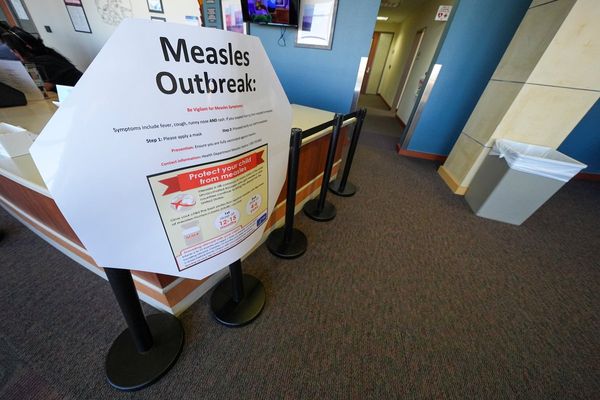If it hadn’t come from the pen of my new Herald Sport colleague Stephen McGowan, news that the SPFL were considering a return to a 10-team top division dropping on April 1st would have been dismissed as readily as tales about Ikea meatball-flavoured chapstick and the renaming of George Square to ‘Sausage Square’.
That the SPFL would even be considering such a move, when surveys of fans have consistently shown for years that if there is to be league reconstruction, they would overwhelmingly favour a larger Premiership, boggles the mind.
A 10-team top-flight isn’t the only option on their Competition Working Group's table, but it is the one gaining most traction. Heaven knows where this narrative comes from that the SPFL leadership are out of touch with supporters, eh?
That the SPFL believe there is a difference between what the fans say they want and what they actually want reveals much about the way that supporters are viewed, and treated, in this country. You’ll take what you get. We know best. Now hand over your cash.
SPFL CEO Neil Doncaster has spoken of his own preference for a 10-team Premiership in the past. The expansion of UEFA competitions, and the extra games for the likes of Celtic and Rangers that this brings, has seemingly been the driver behind getting this issue back on the table.
As Doncaster is fond of saying though, the SPFL is the clubs. And thankfully, turkeys aren’t in the habit of voting for Christmas.

The chances of the so-called ‘provincial’ Premiership clubs voting for two fewer spots in the top-flight would seem remote at best. While some a little higher up the food chain may greedily eye up the possibility of receiving a 10th of the Premiership prize pot rather than a 12th, the increased odds of receiving a 10th of sod all are hardly likely to hold much appeal for the likes of Kilmarnock, Motherwell, Ross County, St Johnstone or St Mirren.
And let’s not forget that one of the key factors cited by the SPFL themselves in broadening the appeal of the league to broadcasters is the retention of the city derbies.
The Dundee derby for instance has been a great addition to the calendar once again this season, but given the current situation at Dens Park and the recent history of United, increasing the chances of one of those teams dropping through the trapdoor again doesn’t make a great deal of sense either.
Read more:
- SPFL plot return to 10-team Scottish Premiership with no top-six split
- SPFL 10-team reconstruction verdict: Self-interest set to rule again
- SPFL announce huge rule change to help Scottish clubs in Europe
Also, while an SFA report into a player’s ‘transition phase’ between the ages of 16 and 21 last year found that the size of a league shouldn’t be a deterrent for managers to blood young players, managers here continue to cite the size of our top division and the subsequent pressures that brings as a reason why they don’t throw kids into their first teams.
Reducing the size of the league further then is hardly likely to reverse that culture, and if anything, may even reduce the chances of young Scottish players getting the game time they desperately need at an age when it is so vital to their development further still.
The 16-team division that most fans want will never happen, because the retention of at least four Old Firm derbies a season (however mind-numbing the repetition of playing four times against the same opposition has become for the rest of us) is non-negotiable.
In fairness to the SPFL, you can’t moan at them for attracting poor broadcasting deals on the one hand and then criticise them for trying to maintain the USP that the television companies actually say they want – like it or not – on the other.

If there has to be league reconstruction at all – and it’s a big if – then a 14-team top division is one that holds some appeal to freshen things up a little.
There is no doubt that there are some sleeping giants in The Championship who could comfortably make up the numbers and compete, but the nature of the required split would be an issue. It would be imbalanced, for one, with six teams in the top section and eight below, and would have to come much earlier in the season, at the 26-game mark instead of the current split after matchday 33.
On balance then, while the status quo isn’t perfect, it seems to me that it isn’t really all that broken either. Particularly when compared to the alternatives. The Scottish Premiership, as the SPFL like to trumpet now and again, is still comfortably the best attended league per capita in Europe.
So, the Old Firm won’t have two fewer league games to navigate. I’m sure their squads will cope. Just as I am sure their money-spinning off-season tours to far-off lands won’t be sacrificed to protect their player’s welfare, either.
Of all the things needing fixing in our game – the ongoing shambles of VAR, refereeing standards, ticket pricing, the policing of fans, the alcohol ban, you name it - the structure of the leagues shouldn’t be, in my view, anywhere near the top of the agenda.
And the sooner this proposal for a return to a 10-team league is voted down and consigned to the bin, the better.







